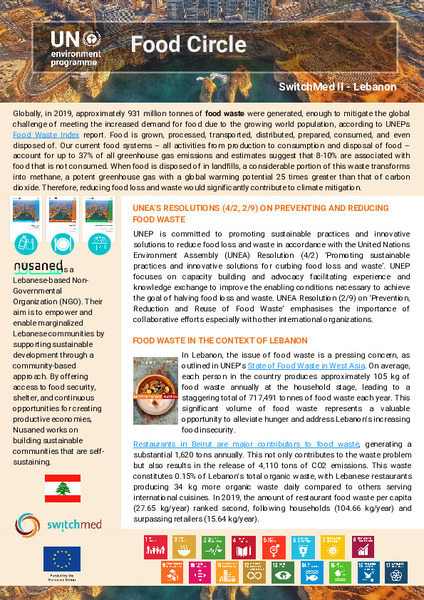| dc.description | Globally, in 2019, approximately 931 million tonnes of food waste were generated, enough to mitigate the global challenge of meeting the increased demand for food due to the growing world population, according to UNEPs Food Waste Index report. Food is grown, processed, transported, distributed, prepared, consumed, and even disposed of. Our current food systems – all activities from production to consumption and disposal of food – account for up to 37% of all greenhouse gas emissions and estimates suggest that 8-10% are associated with food that is not consumed. When food is disposed of in landfills, a considerable portion of this waste transforms into methane, a potent greenhouse gas with a global warming potential 25 times greater than that of carbon dioxide. Therefore, reducing food loss and waste would significantly contribute to climate mitigation. | en_US |


